The Fascinating Symbolism in Asian Art Motifs: Dragons, Cranes, and Peonies
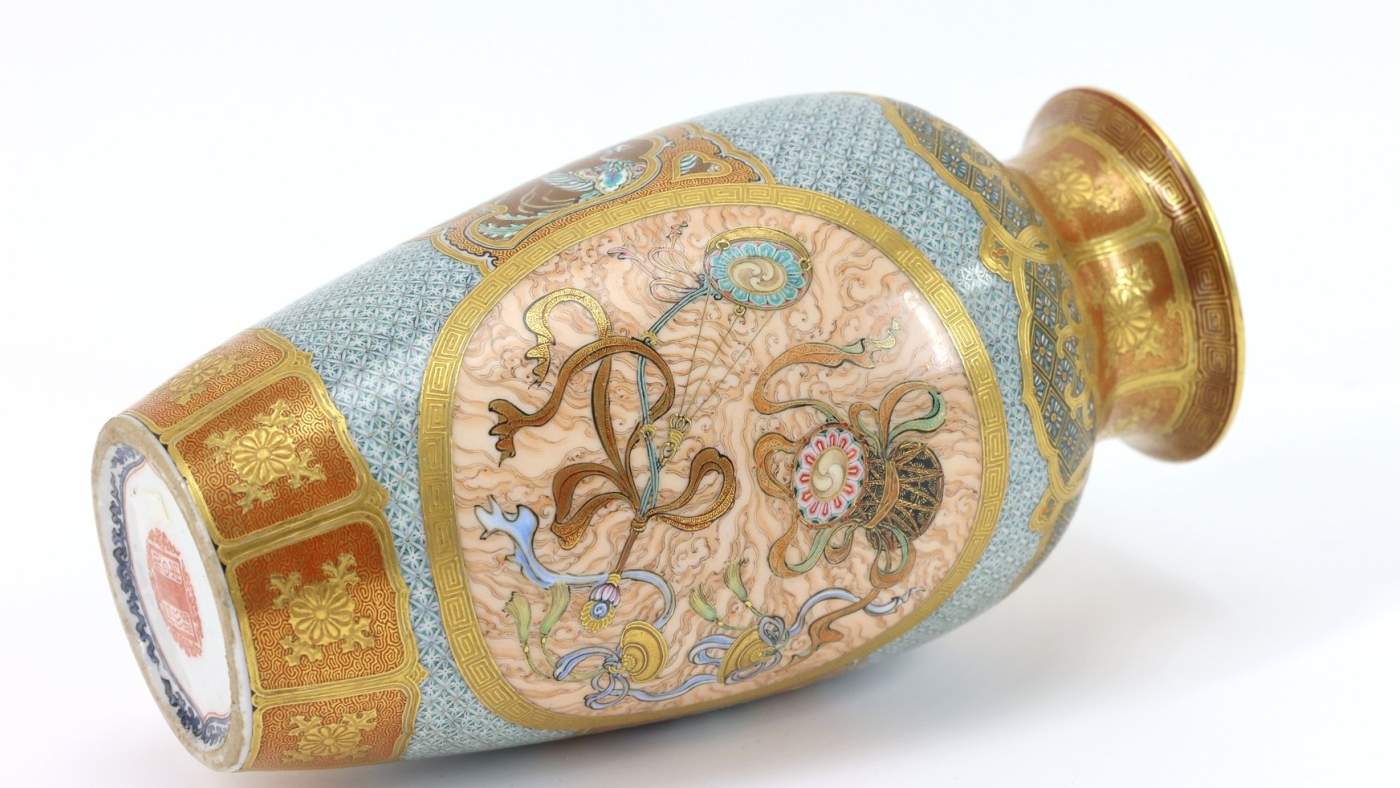
The Fascinating Symbolism in Asian Art Motifs: Dragons, Cranes, and Peonies
Written by: Christian Answini | Senior Fine Art Specialist
Asian art has long captivated collectors around the globe, not only for its exquisite craftsmanship but also for the profound symbolism woven into every design. From the fierce protection of the dragon to the graceful longevity of the crane, these motifs tell stories that span dynasties, religions, and cultural traditions.
As we approach Collectors Day 2 on October 16th, the upcoming auction offers a rare glimpse into this symbolic world. Featuring Japanese Satsuma pottery, cloisonné vases, and Chinese decorative arts, many lots in this sale embody motifs that go far beyond decoration—they serve as spiritual guardians, cultural emblems, and signs of prosperity.
Let’s explore some of the most meaningful motifs represented in this auction and why they continue to enchant collectors.
The Dragon: Power, Protection, and Good Fortune
In Chinese and Japanese art, the dragon is one of the most powerful and enduring symbols. Unlike Western mythology, where dragons are often depicted as destructive beasts, in Asian culture they embody wisdom, authority, and auspicious power. Dragons were closely tied to emperors in China, often appearing on imperial robes and ceramics as symbols of divine rule.
At the upcoming Collectors Day 2 Auction, dragons make their appearance in several stunning pieces. For example:
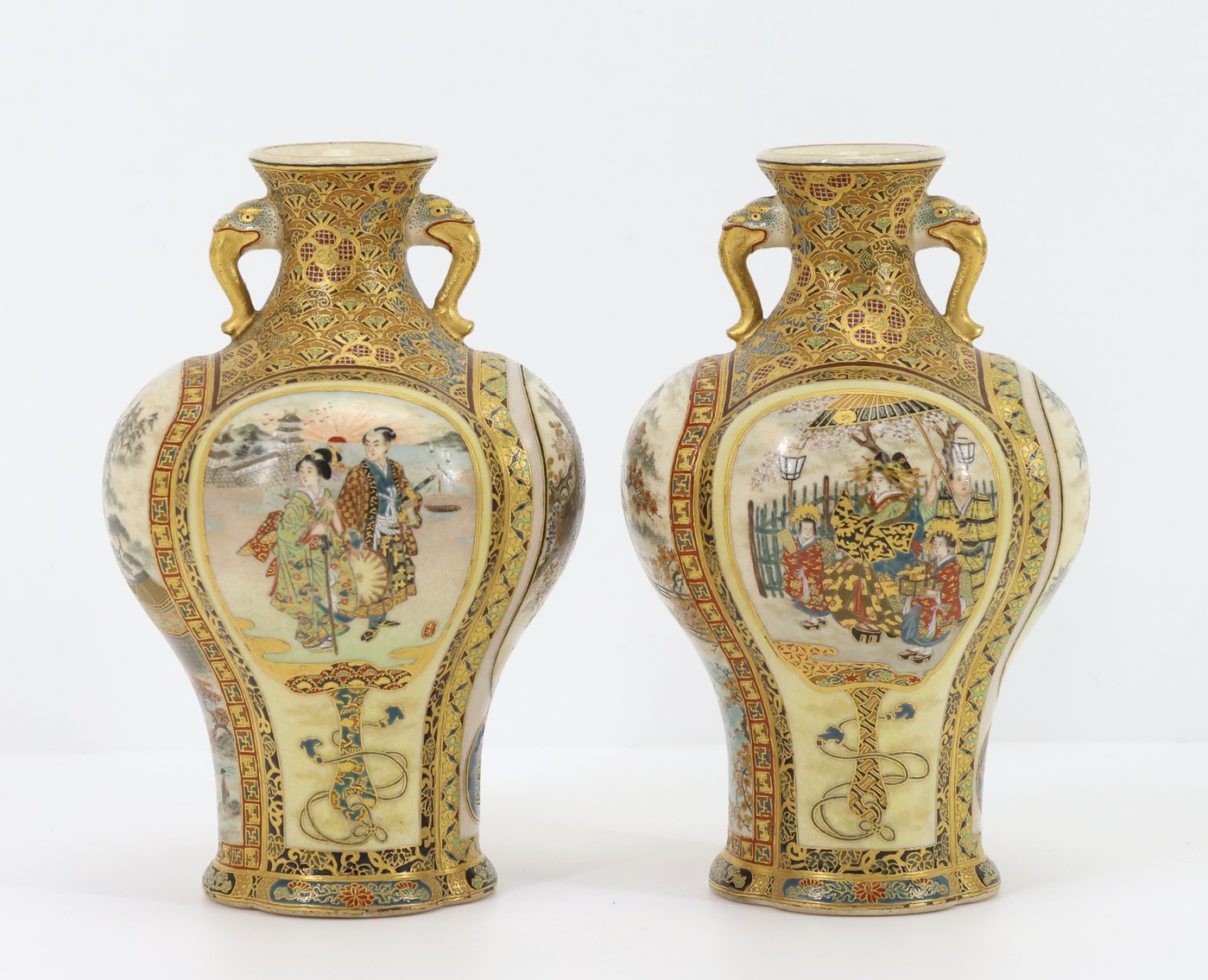
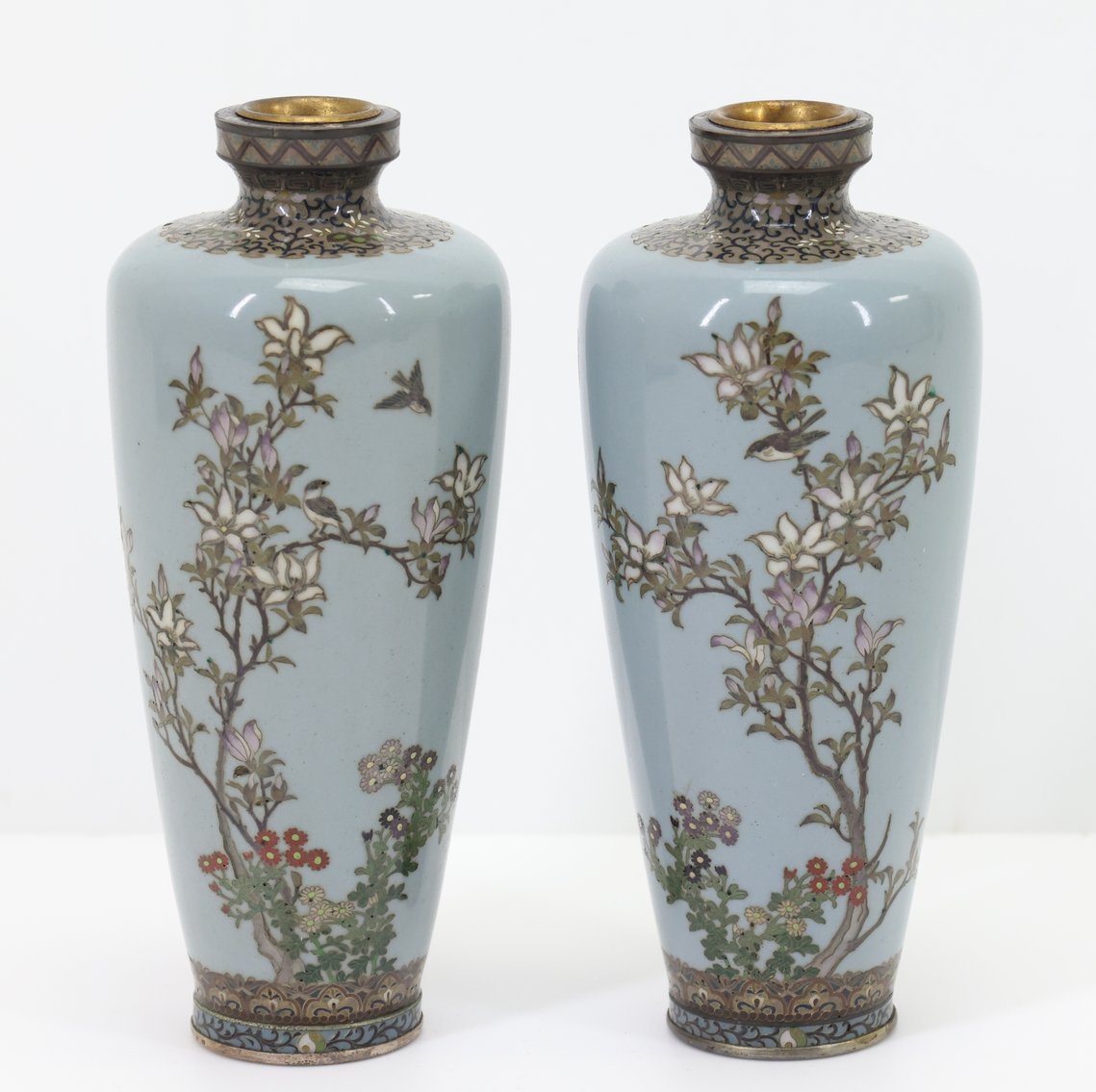
Lot 9006: Gyukusho for Taizan Japanese Satsuma Pottery Vases – These Meiji-era vases depict dragons amidst swirling clouds, highlighting their celestial nature and protective role.
Lot 9007: Japanese Cloisonné Vases – Delicate silver-thread cloisonné craftsmanship brings to life mythical dragons entwined with floral patterns, merging power with beauty.
For collectors, these motifs not only showcase incredible artistry but also serve as talismans believed to ward off evil and bring prosperity to the home.
The Crane: Longevity, Grace, and Spiritual Ascension
Few creatures in Asian symbolism are as revered as the crane. Known as a sacred bird in both Chinese and Japanese culture, cranes represent longevity, wisdom, and a peaceful afterlife. In Japanese folklore, it is said that folding a thousand origami cranes can bring health, happiness, or even grant a wish.
The auction catalog includes fine examples of this motif:
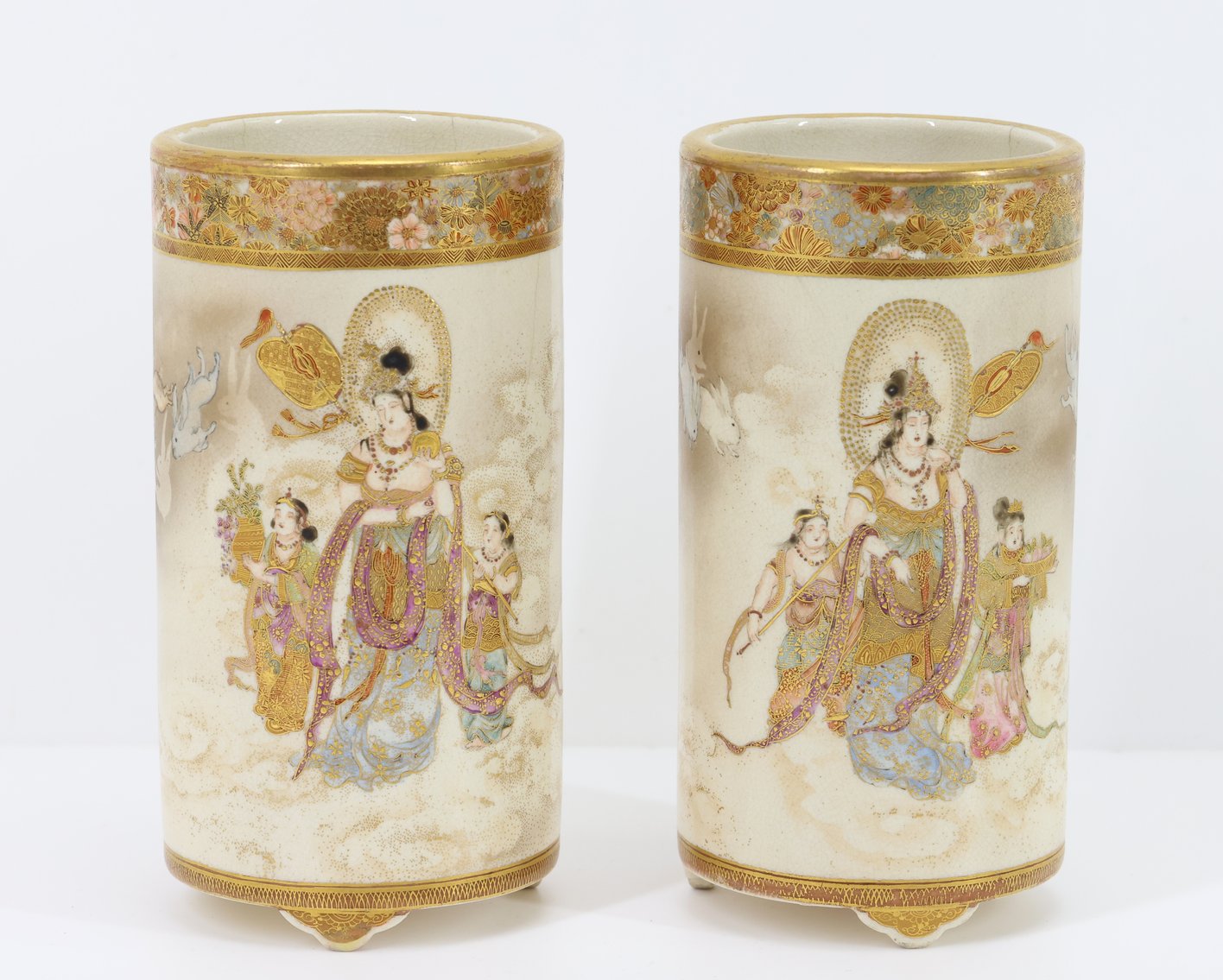
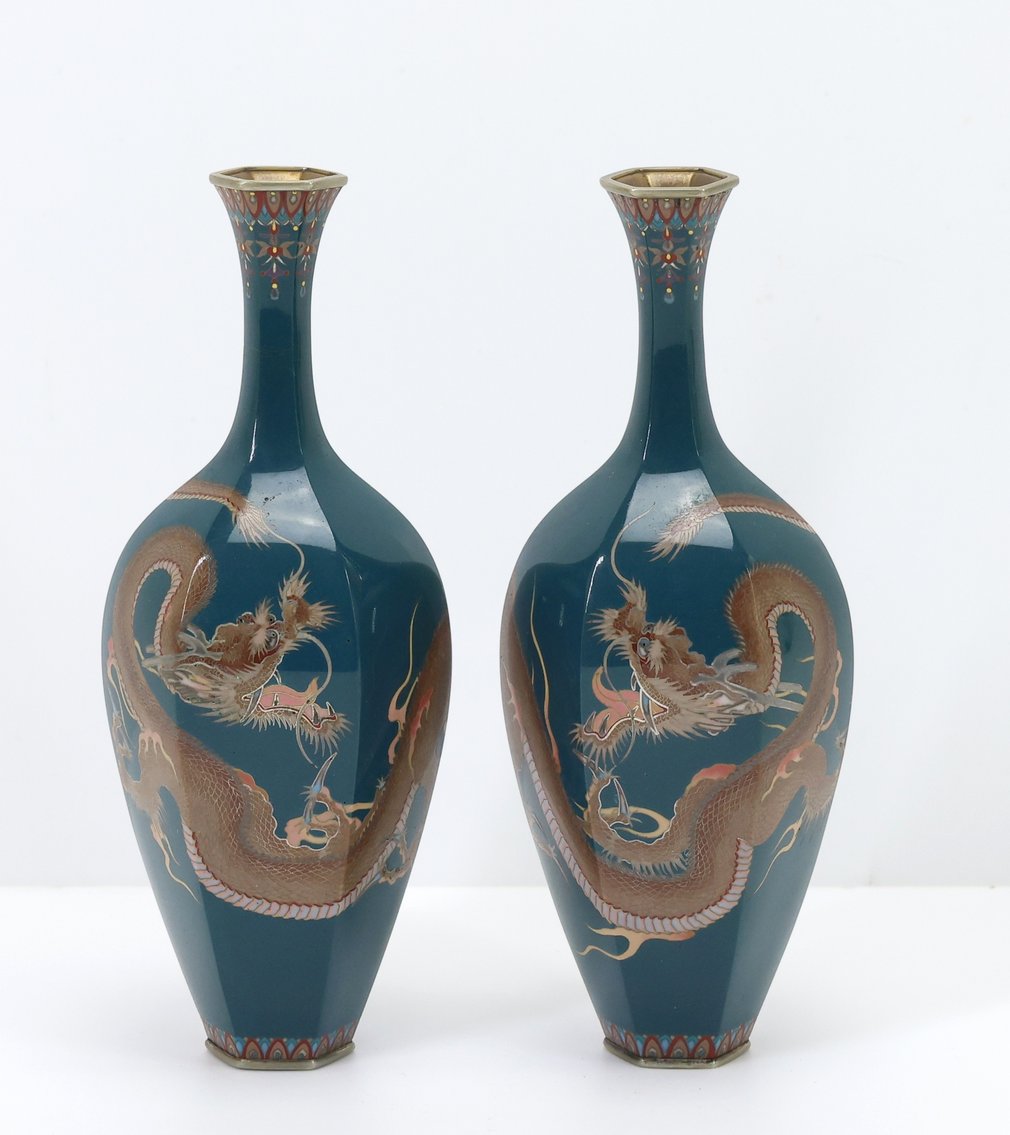
Lot 9001: Japanese Satsuma Pottery Vases – These Meiji-Taisho era vases feature elegant cranes soaring above floral landscapes, embodying freedom and eternal life.
Lot 9004: Japanese Cloisonné Vases – Hexagonal silver-thread designs highlight cranes standing among lotus flowers, blending themes of purity and spiritual ascension.
Crane imagery resonates deeply with collectors who value not only the aesthetic but also the symbolic reminder of resilience and hope.
The Peony: Prosperity, Beauty, and Nobility
Known as the “King of Flowers” in Chinese culture, the peony represents wealth, honor, and feminine beauty. Often painted in full bloom, peonies symbolize the arrival of spring and a flourishing life. They were a popular motif in Ming and Qing dynasty porcelain and continue to be featured in Japanese decorative arts.
In this October 16th auction, floral imagery abounds:
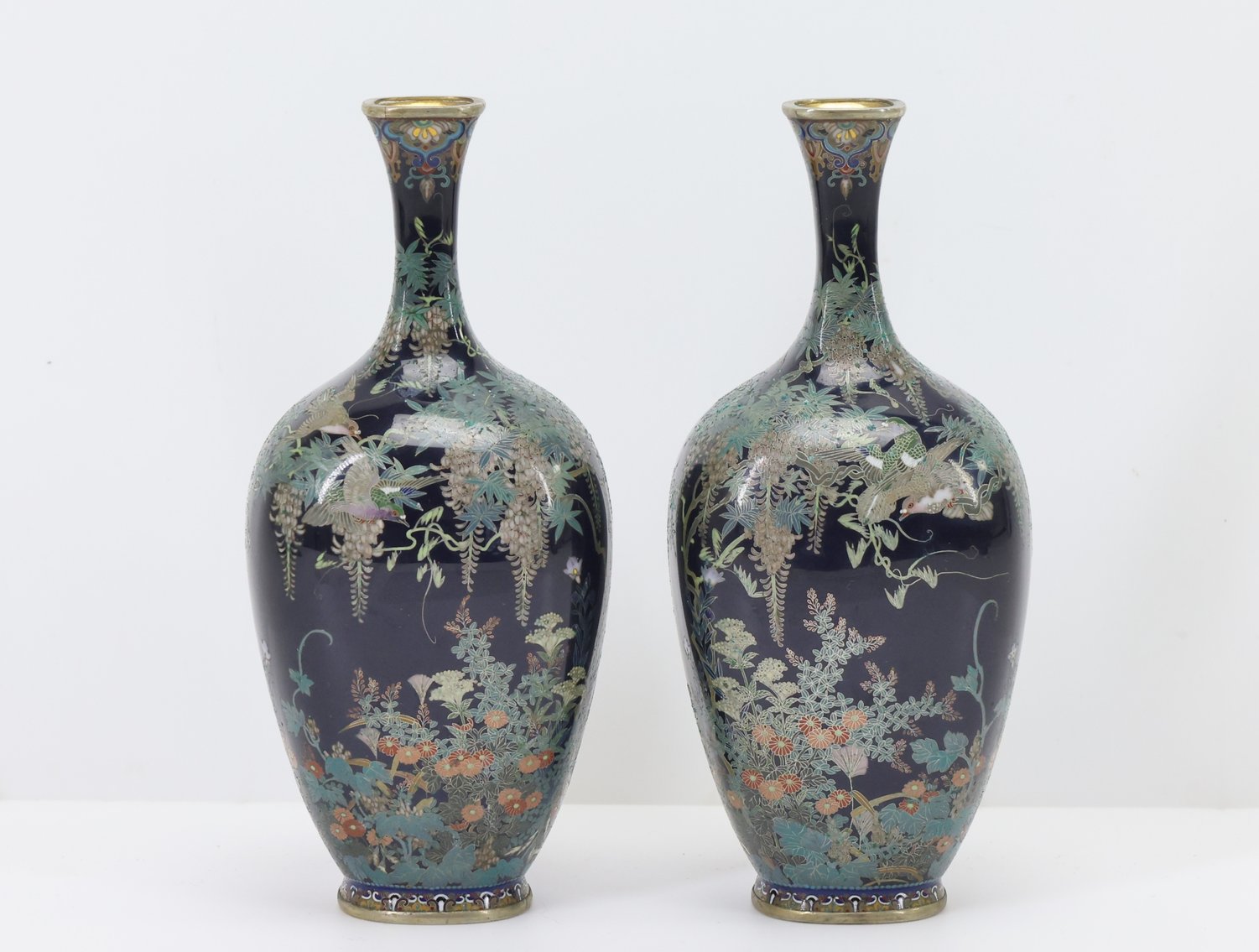
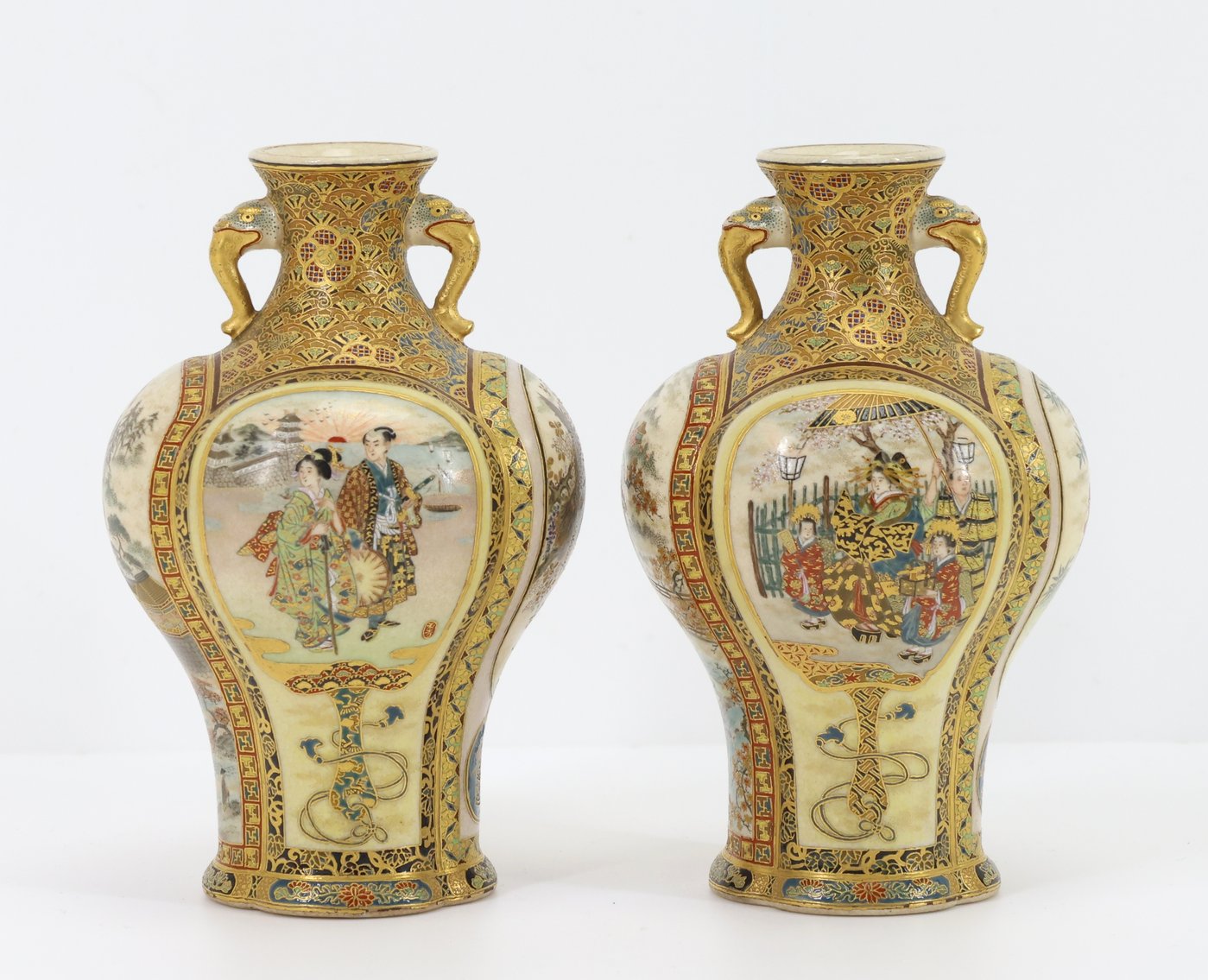
Lot 9002: Japanese Cloisonné Vases – A pair of Taisho-era vases decorated with lush peonies and chrysanthemums, symbols of seasonal harmony and abundance.
Lot 9006: Gyukusho for Taizan Satsuma Pottery – In addition to dragons, the surface includes delicately painted peonies, balancing power with beauty.
Collectors prize peony motifs not just for their elegance, but because they embody the promise of prosperity and harmonious living.
Why Symbolism Matters in Collecting Asian Art
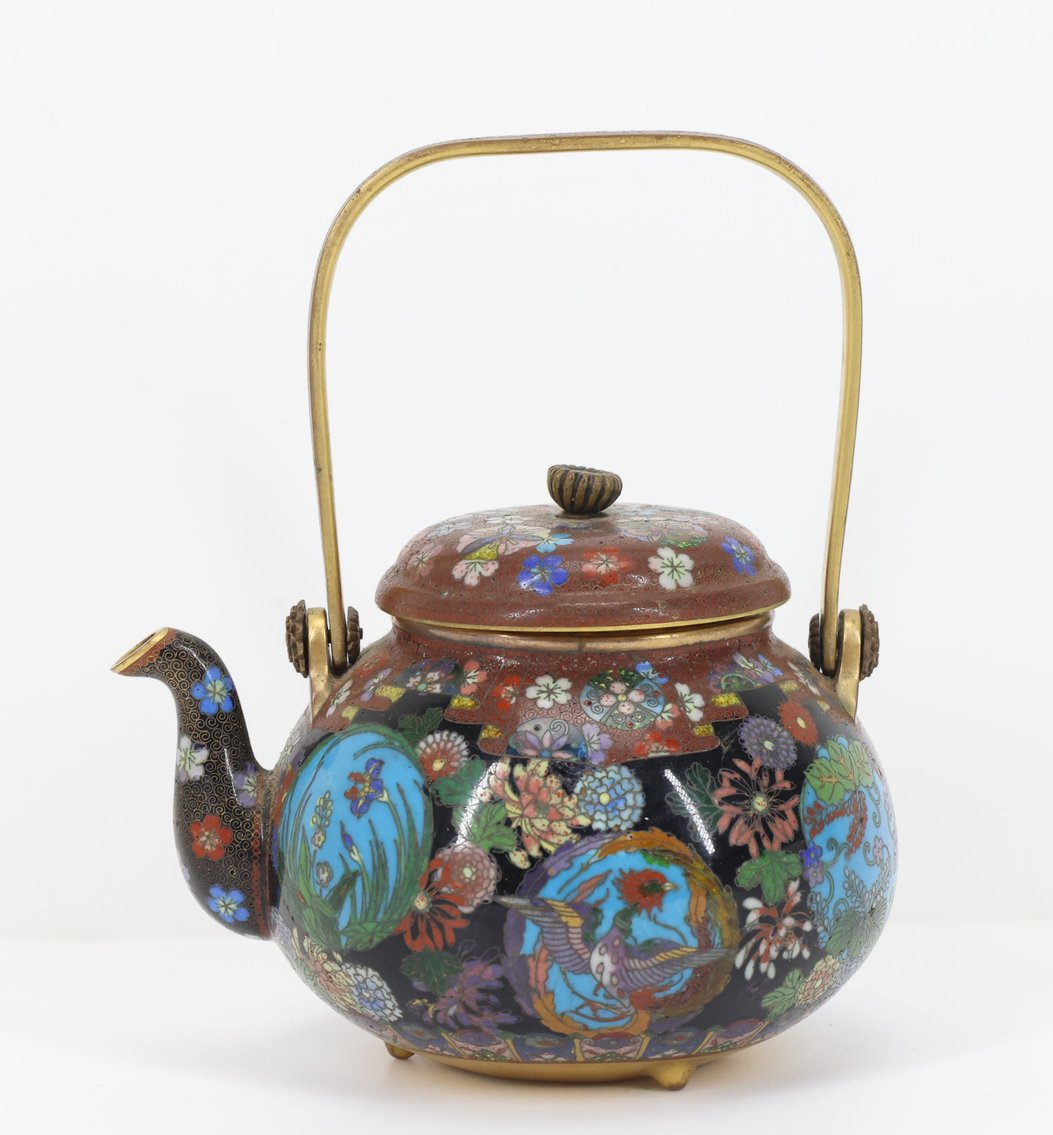
For seasoned collectors, these motifs are more than surface decoration—they represent centuries of cultural heritage. Owning a vase with cranes isn’t just about beauty; it’s about connecting with ancient beliefs about life, longevity, and transcendence. A dragon isn’t just a mythical beast—it’s an emblem of imperial authority and divine protection.
This is what makes auctions like Collectors Day 2, October 16th so exciting. Each lot offers more than material craftsmanship; it provides a story, a belief system, and a piece of human history.
Tips for Collectors: How to Appreciate Symbolic Motifs
Research the Symbolism – Understanding the cultural meaning behind motifs can enhance your appreciation and help in making informed purchases.
Look for Era-Specific Styles – A Meiji-era dragon design will differ greatly from a Qing dynasty dragon, both in form and symbolic interpretation.
Examine the Craftsmanship – Cloisonné requires intricate wirework, while Satsuma pottery showcases delicate hand-painted detail. Each medium expresses symbolism differently.
Consider Provenance – Knowing the origin of the piece can provide context to its symbolic intent.
Balance Symbolism and Aesthetics – While the meaning matters, collectors should also buy what resonates with them personally.
Conclusion: More Than Art—A Window Into Culture
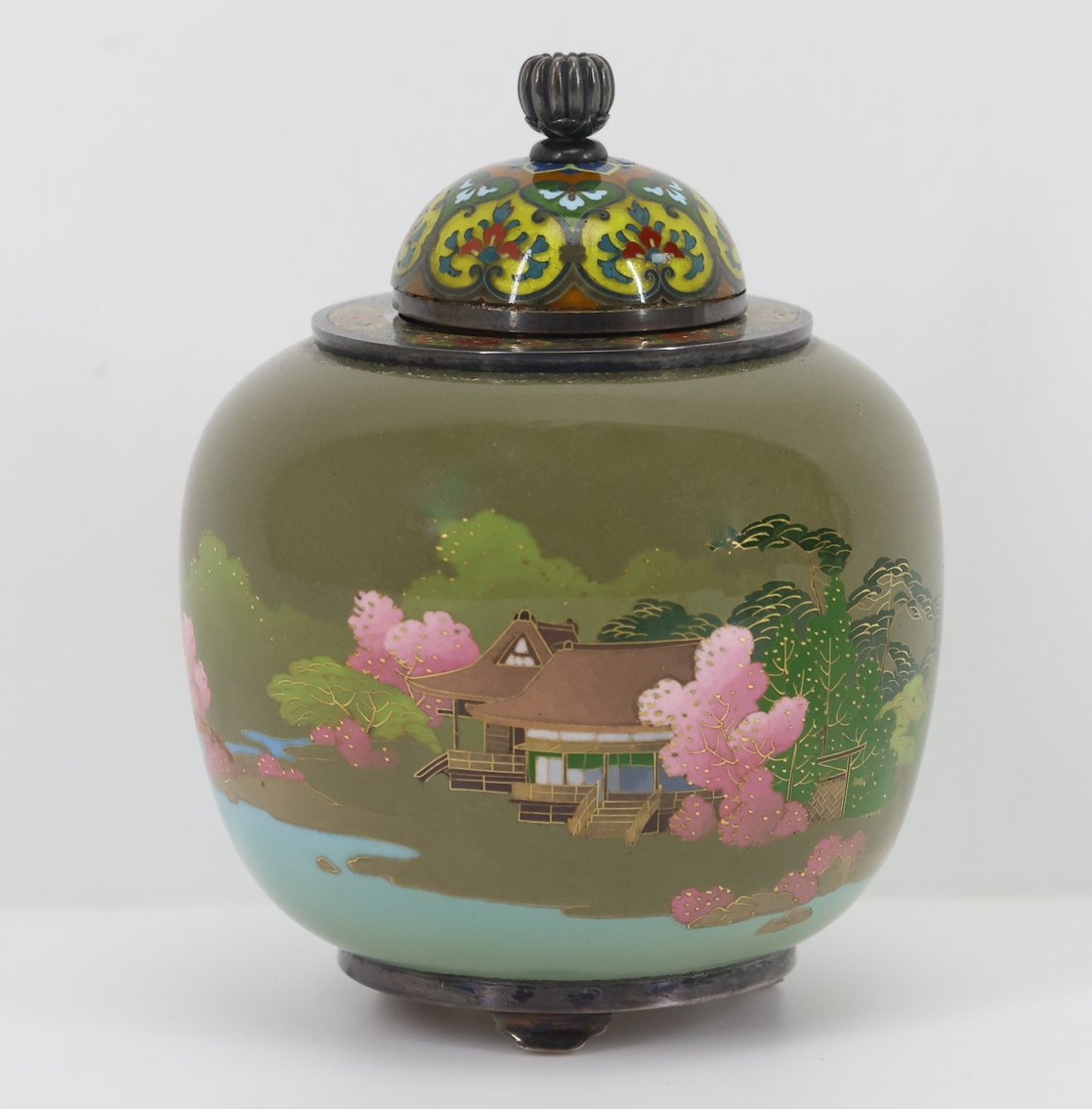
As the Collectors Day 2 Auction on October 16th approaches, it’s clear that these symbolic motifs remain as relevant as ever. Whether it’s the dragon’s fierce protection, the crane’s graceful longevity, or the peony’s promise of prosperity, these symbols transcend time and geography.
For collectors, they are not only beautiful works of art but also vessels of meaning, linking us to centuries of tradition and belief. If you’re looking to add depth and story to your collection, this auction provides a perfect opportunity.










